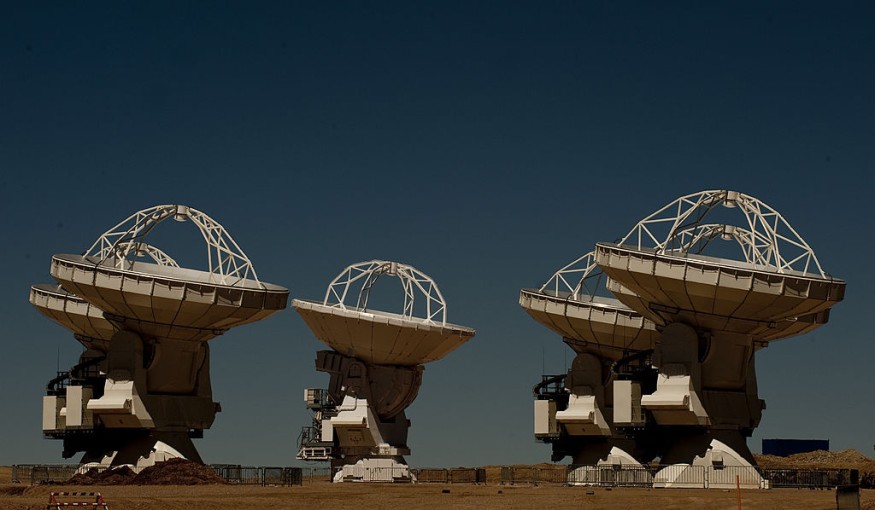The James Webb Space Telescope (JWST) and Atacama Large Millimeter/submillimeter Array (ALMA) telescope will follow the evolution of plants as astronomers have discovered a young, rare exoplanet that may hold important clues about how planets are born. It's even more intriguing since we might be able to see the formation of new moons as it takes place.
One of the newest exoplanets ever found is 18.59 billion miles (18.59 astronomical units) from its home star, AS 209. In contrast to Earth's world, which is just a few billion years old, the star is 395 light years from our planet is only a few billion years old.
For the first time, astronomers have examined an exoplanet's gaseous ring in a research published in The Astrophysical Journal Letters. This analysis helps astronomers learn more about the exoplanet's past and how its future moons will arise.
📡ALMA Makes First-Ever Detection of Gas in a Circumplanetary Disk.
— ALMA Observatory📡 (@almaobs) August 9, 2022
AS 209 is a young star in the Ophiuchus constellation that scientists have now determined is host to what may be one of the youngest exoplanets ever. https://t.co/CBt67dtDxM pic.twitter.com/IQEuwpdm6B
NASA's James Webb Space Telescope to Help ALMA Examine Baby Planet
That "circumplanetary disk" is why astronomers believe an exoplanet is resting near AS 209. Though in reality, the Chilean array of 66 high-altitude antennae may have only identified random blobs of matter rather than a full-on orb inside the disk, these rings are thought to give rise to moons and aid in the development of young planets as they bloom into robust bodies.
According to Cnet, the study team plans to use the JWST's infrared parsing capabilities to check if AS 209 actually is 1.6 million years old in the first place. The telescope might then determine if a planet is inside the dusty halo. If so, the JWST may be able to employ infrared spectroscopy to give us a very good impression of what it would be like to be on the planet.
Contrary to conventional photographs, spectral databases include details about chemical composition, the presence of clouds in the atmosphere, and other characteristics that cannot be well portrayed by a beautiful photograph.
Study lead author Jaehan Bae, a professor of astronomy at the University of Florida, said in a press release: "The best way to study planet formation is to observe planets while they're forming."
Bae added: "We are living in a very exciting time when this happens thanks to powerful telescopes, such as ALMA and JWST."

ALSO READ : NASA James Webb Space Telescope's Confusing 'Schrodinger's Galaxy Candidate' Baffles Scientists
Why The Need To Study Baby Planets
This candidate looks to be an exception among the roughly 5,000 exoplanets that have been discovered so far.
The team claims that this signal defies conventional ideas of planet formation because it is situated more than 18.59 billion kilometers distant from its home star.
It's also fortunate that this potential world is encircled by a circumplanetary disk, particularly one that contains gas.
It wasn't until 2019 that ALMA researchers saw PDS 70c, another newly discovered exoplanet, and made the first-ever observation of this phenomenon.
According to a research released last year, that halo was likely creating a moon for the beige gas giant. But since then, no more have been discovered by specialists.
Such information, however, might help us extrapolate the ancient dynamics of the planets in our solar system, such as Earth, and it could also instruct us on how moons like our bright friend previously evolved in the distant past.
Understanding how this disk and exoplanets interact might provide insight into how and why planetary atmospheres and general ecosystems develop.
RELATED ARTICLE : NASA James Webb Space Telescope's Colored Southern Ring Planetary Nebula Photo Seems 'Fake' [LOOK]
Check out more news and information on Space in Science Times.
© 2025 ScienceTimes.com All rights reserved. Do not reproduce without permission. The window to the world of Science Times.












